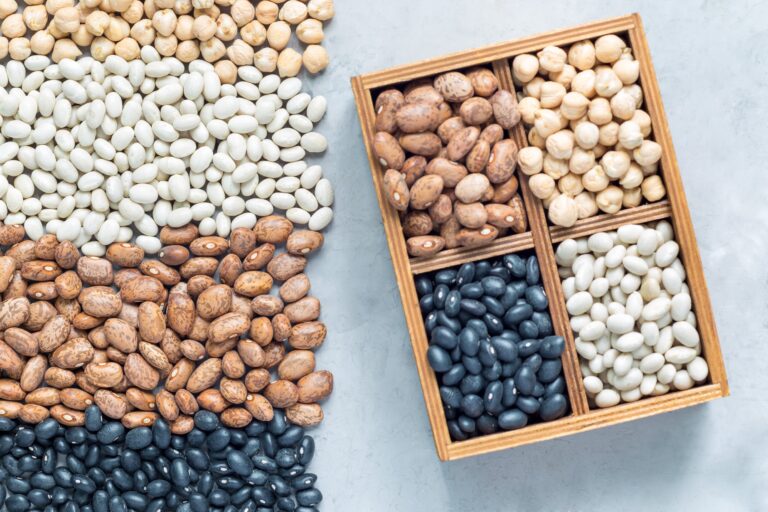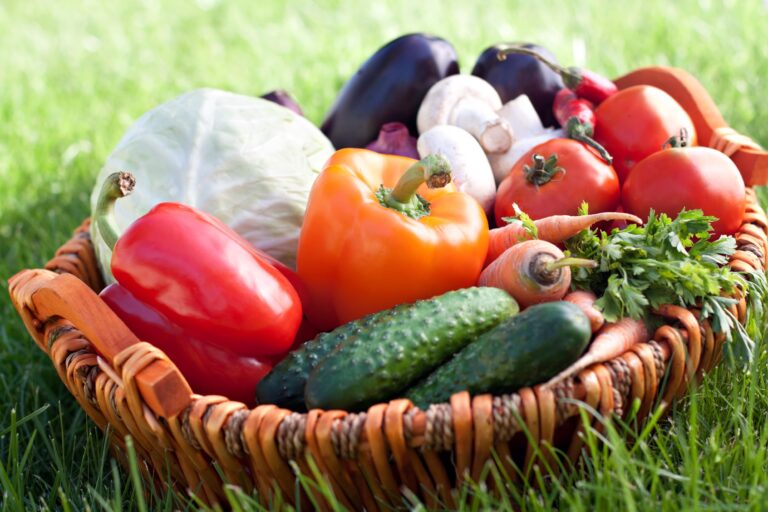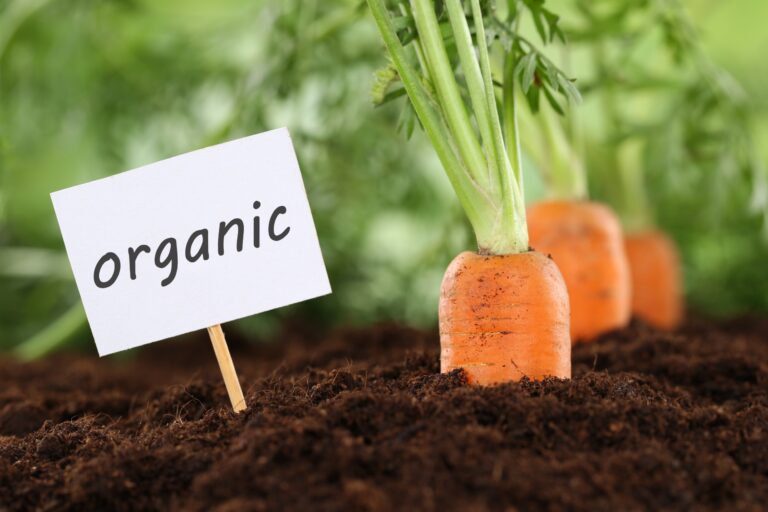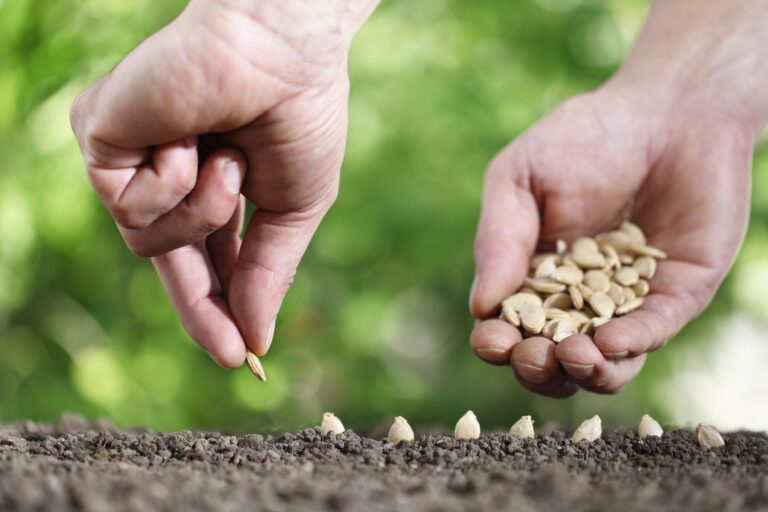Aging is a natural part of life, but how it is perceived and experienced can vary widely among different generations. For Baby Boomers, those born between 1946 and 1964, the approach to aging can be particularly complex. This generation has witnessed revolutionary changes in technology, healthcare, and social norms. However, as they transition into their…
5 Compelling Reasons to Purchase Seeds Over Harvesting from Fruits
In the world of gardening, the choice between purchasing seeds and harvesting seeds from fruit can significantly impact the success of your planting season. While harvesting seeds from fruit may seem economical and sustainable, there are several compelling reasons to purchase seeds instead. This approach offers advantages ranging from genetic quality to ease of use,…
Estate Planning: Essential Advice for Boomers and Gen X
In an era where change is the only constant, estate planning becomes a crucial endeavor for Baby Boomers and Generation X. This demographic, often caught between the responsibilities of aging parents and growing children, faces unique challenges that make estate planning not just a priority but a necessity. As they navigate through significant life transitions,…
9 Buffet Foods You Should Skip (and Why)
Buffets are a popular dining choice for those looking for variety and value. From lavish spreads in hotels to the local all-you-can-eat joints, the allure of endless options can be irresistible. However, not all buffet foods are created equal. Avoiding some dishes for health, taste, and overall value is best. Here’s a guide to the…
11 Garden Vegetables You Can Cook in an Air Fryer
In the realm of kitchen gadgets, the air fryer has surged in popularity for its ability to deliver crispy, delicious food without the excessive use of oil. This magic appliance isn’t just for frozen fries or chicken wings; it’s a fantastic tool for cooking fresh garden vegetables. Whether you’re a seasoned gardener with a bounty…
Enhance Your Garden Naturally with These Top 5 Organic Fertilizers
In an era where sustainability and organic living are more than just trends – they’re a lifestyle – the demand for natural garden care solutions is on the rise. For those with a green thumb, turning to organic fertilizers is a step towards nurturing your garden in harmony with nature. These fertilizers not only enrich…
Behind the Wheel: The Surprising Truth About 11 Of Today’s Hottest Cars
The automotive industry is a landscape of innovation, style, and relentless evolution. Today’s hottest cars, from sleek electric models to rugged SUVs, captivate consumers worldwide. However, beneath the glossy exteriors and brand prestige, surprising truths about these beloved vehicles emerge, offering a deeper insight into what really drives the automotive world. Let’s buckle up and…
10 Home Upgrades That Pay for Themselves in Under a Year!
In the world of homeownership, the term ‘home upgrades’ is synonymous with heavy investment and long-term returns. However, the narrative is swiftly changing with the advent of smart, eco-friendly, and cost-effective home improvement options. Today, we explore 10 such home upgrades that not only elevate your living experience but also promise a return on investment…
5 Fast Growing Seeds for Beginner Gardeners
In the world of gardening, the joy of planting a seed and watching it grow into a thriving plant is unparalleled. For beginner gardeners, this excitement is often tinged with impatience and the eagerness to see quick results. Fortunately, certain seeds grow at a rapid pace, offering almost immediate gratification and a sense of achievement….
Don’t Do That! 9 Pieces of Bad Gardening Advice to Ignore
Gardening, an age-old practice that bridges generations, cultures, and geographies, has seen a resurgence in popularity in recent years. With this renewed interest comes an abundance of advice, some of it good, some… not so much. In an era where the internet is teeming with quick tips and hacks, it’s crucial to weed out the…









